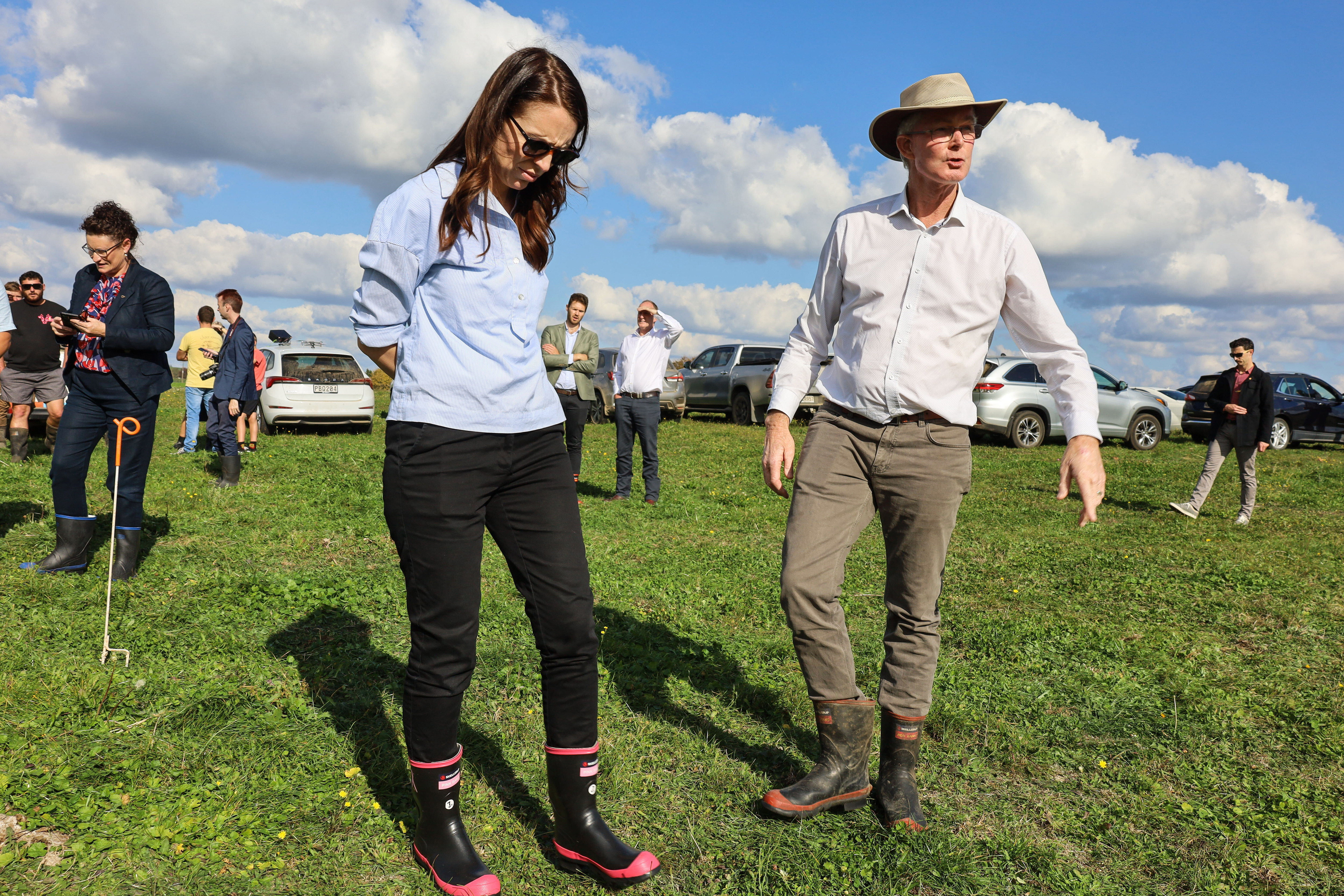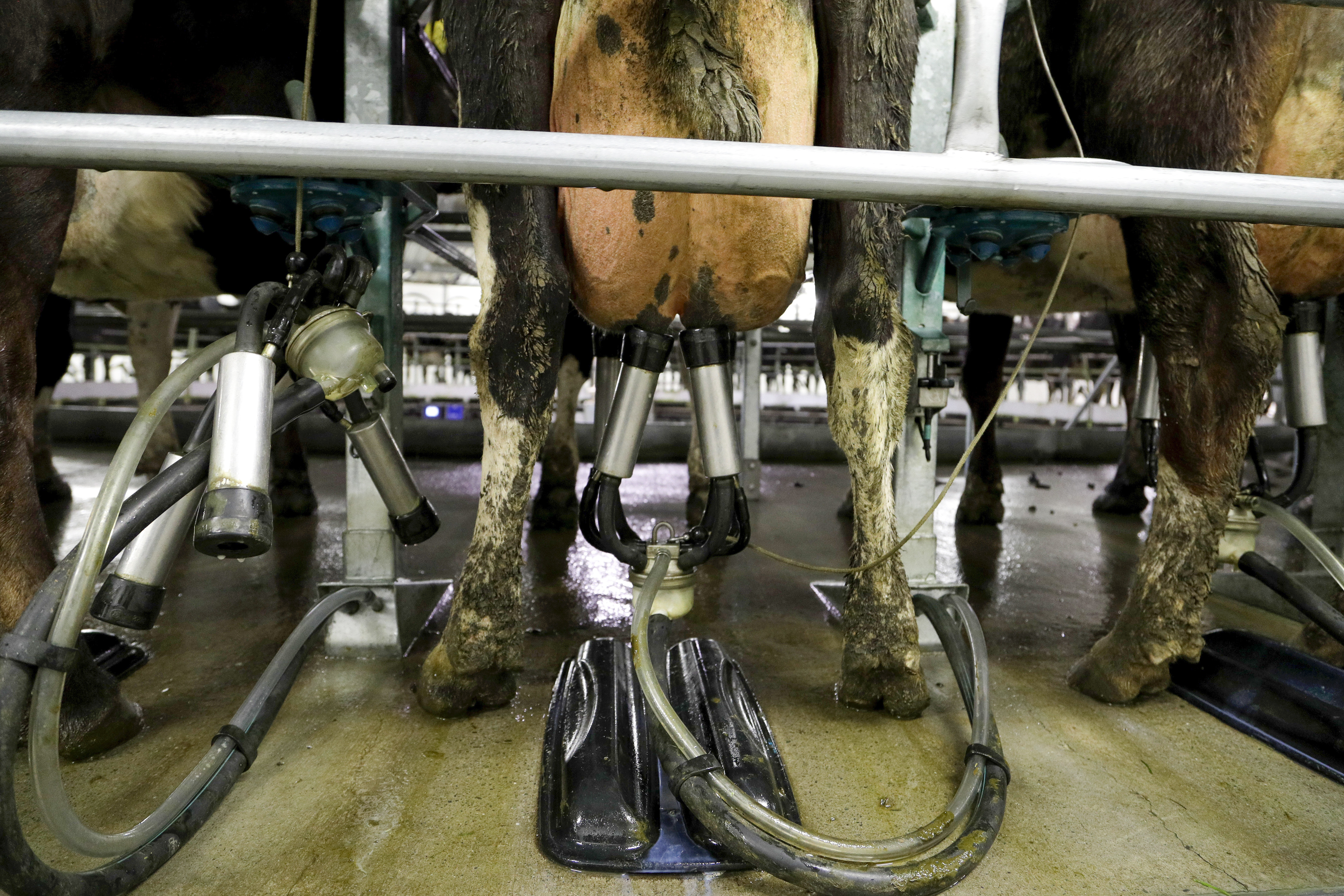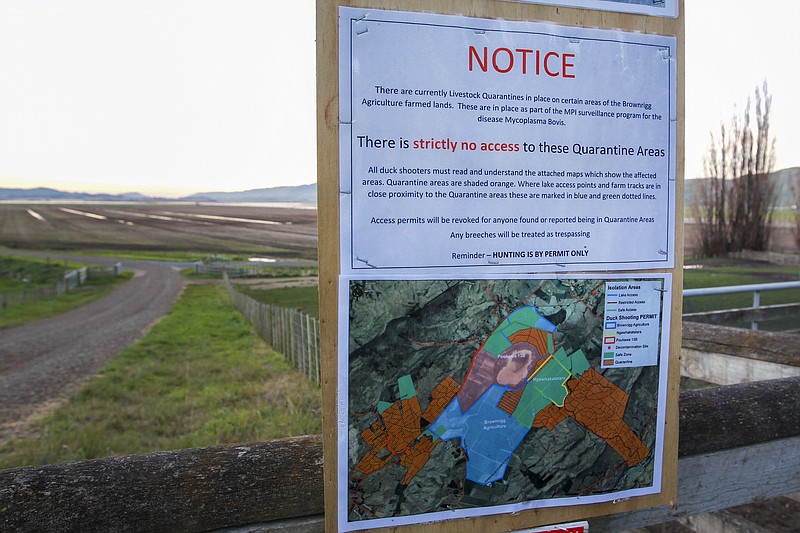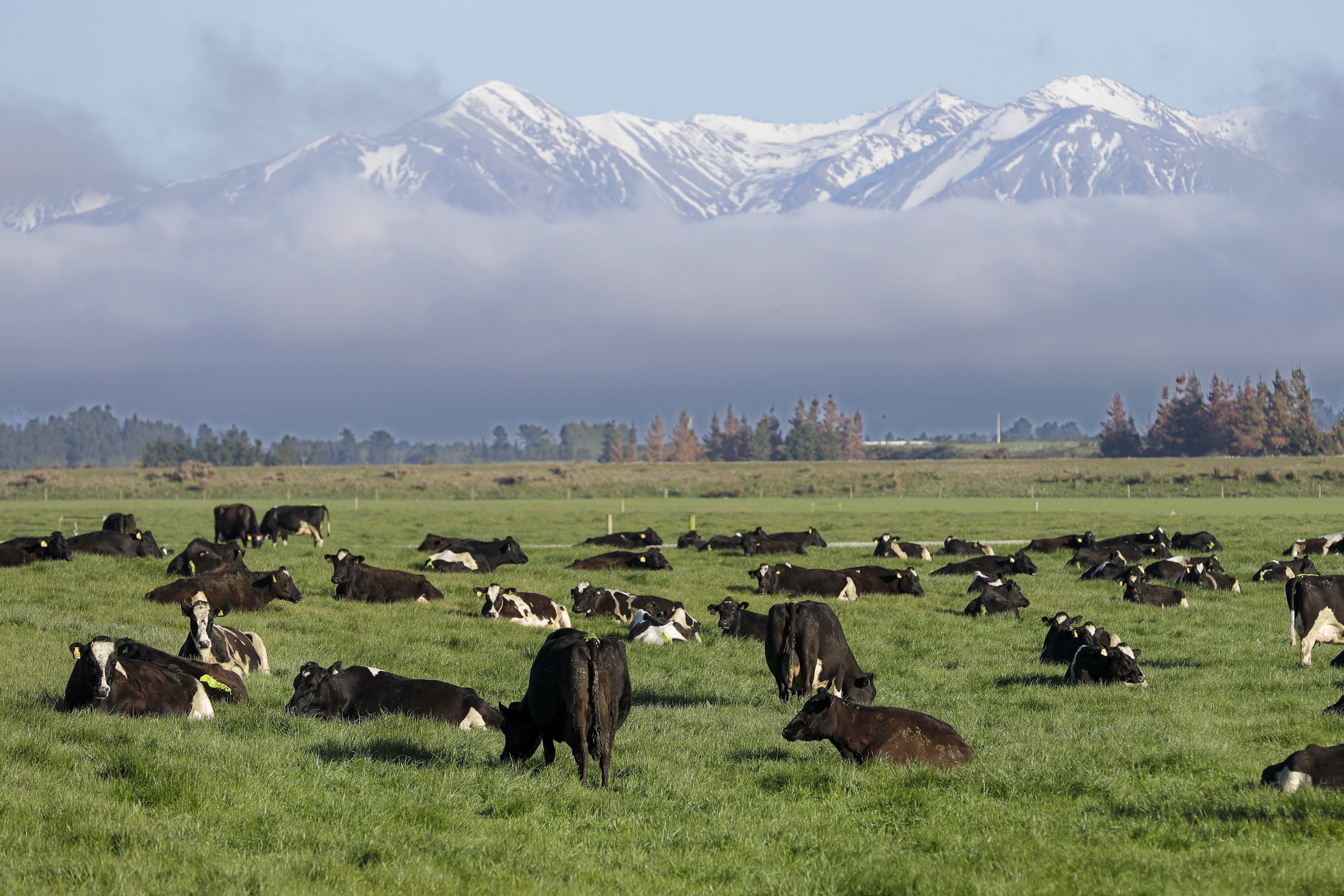WELLINGTON, New Zealand -- New Zealand is on the verge of eradicating a painful disease from its herd of 10 million cattle after a four-year campaign that has cost hundreds of millions of dollars and resulted in more than 175,000 cows being killed.
Agriculture Minister Damien O'Connor said last week that 271 farms had been cleared of Mycoplasma bovis and only a single farm in the country still had the bacterial disease. New Zealand would be the first country that has managed to wipe it out completely.
In an interview with The Associated Press, O'Connor said it had been a traumatic process for affected farmers. If an infection was found on a farm, even healthy cows were killed to ensure the disease was stamped out.
"I'd say every farmer was very unhappy about having to see their herd be culled," O'Connor said. "These are people who have strong connections, commitment and investment in their animals."
Farming is the nation's biggest export earner and vital to its economy. When Mycoplasma bovis was first discovered in New Zealand in 2017, it prompted a huge response from the government, which concluded there was a one-off opportunity to wipe out the disease before it spread widely.
Found in cattle in the U.S. and Europe, Mycoplasma bovis is a bacteria that can cause cows to develop mastitis, pneumonia, arthritis and other painful conditions. The bacteria is not considered a threat to food safety, but the resulting diseases in cows can cause distress and result in lower milk and beef yields.
O'Connor said the final farm with the disease was a feed yard where cattle came to be fattened before slaughter. He said the farm would be cleaned of the disease later this year, and it would take several more months of monitoring around the country after that to declare victory.
He said the New Zealand campaign was groundbreaking.
"It is hugely significant, and I think there are other countries that have M. bovis that will be seeking to find out more about their options to eradicate as well," O'Connor said.
He said the final cost for the eradication program will likely come in slightly under the budgeted $580 million, money that has gone toward operations, surveillance and compensation. The government is picking up most of the tab, with farmers and the cattle industry also contributing.
It's unclear how the disease first entered New Zealand, which has strict biosecurity controls. One theory is it arrived in imported bull semen.
Fiona Doolan-Noble, a senior research fellow at the University of Otago who studied the eradication program, said government officials at first could have done a better job listening to the expertise of local veterinarians and farmers, but she thought communications had improved over time.
She said there was a chance the disease could re-enter New Zealand, although the country's experience not only with the disease but also with covid-19 had raised awareness for the need of more stringent biosecurity measures.
New Zealand has 6.3 million dairy cows and 4 million beef cattle, making its total herd twice the size of its human population. Milk products represent the country's largest single export, with much of it sold to China, where it is used in infant formula.
Prime Minister Jacinda Ardern said the government's partnership with those in the farming industry had been crucial to the success of the program.
"When we took our one shot to eradicate we did so to protect our national herd from a painful disease, our economy from a sharp shock, and our rural communities from widespread anxiety," Ardern said.
 New Zealand Prime Minister Jacinda Ardern visits the Ngahinapouri farm with owner Jim van der Poel, right, chairman of Dairy NZ, near Hamilton, New Zealand, Thursday, May 5, 2022. New Zealand is on the verge of eradicating a bacterial disease from its herd of 10 million cows, with only a single farm left with the disease Mycoplasma bovis. (Jed Bradley/New Zealand Herald via AP)
New Zealand Prime Minister Jacinda Ardern visits the Ngahinapouri farm with owner Jim van der Poel, right, chairman of Dairy NZ, near Hamilton, New Zealand, Thursday, May 5, 2022. New Zealand is on the verge of eradicating a bacterial disease from its herd of 10 million cows, with only a single farm left with the disease Mycoplasma bovis. (Jed Bradley/New Zealand Herald via AP) Cows are attached to a rotary milking machine on a farm near Oxford, New Zealand on Oct. 8, 2018. New Zealand, Thursday, May 5, 2022, is on the verge of eradicating a bacterial disease from its herd of 10 million cows, with only a single farm left with the disease Mycoplasma bovis. (AP Photo/Mark Baker)
Cows are attached to a rotary milking machine on a farm near Oxford, New Zealand on Oct. 8, 2018. New Zealand, Thursday, May 5, 2022, is on the verge of eradicating a bacterial disease from its herd of 10 million cows, with only a single farm left with the disease Mycoplasma bovis. (AP Photo/Mark Baker)

